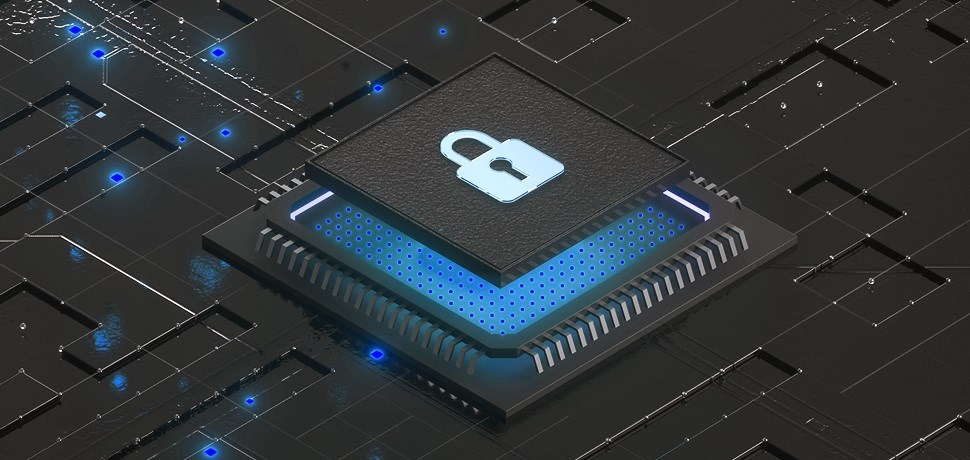Organisational change is essential for businesses to remain competitive, efficient, and adaptable. It drives innovation, enhances productivity, improves customer satisfaction, and creates new opportunities for growth and career advancement. By embracing change, companies can navigate industry shifts, technological advancements, and global challenges while maintaining stability and long-term success. However, transitions also bring cybersecurity risks, as cybercriminals exploit vulnerabilities. Staying proactive and vigilant ensures that change remains a force for progress, rather than a point of weakness.
Let’s examine where attackers typically exploit businesses and employees during times of transition:
- System vulnerabilities: Implementing new technologies, integrating third-party vendors, or restructuring IT systems can create security gaps. If these vulnerabilities go unnoticed, they become prime targets for cyberattacks.
- Insider threats: Employee transitions into new roles or departments can lead to insider threats. Some individuals may act maliciously or negligently, posing risks if their access to company systems isn’t properly monitored. It’s essential for employees to flag any unusual activities to IT or management.
- Exploitation of confusion: Periods of change can create uncertainty, making employees more susceptible to social engineering attacks. Business Email Compromise scams often increase during leadership transitions, with attackers impersonating executives to request fraudulent transactions.
- Overlooked security measures: During transitions, IT teams may be stretched thin managing new implementations and system migrations, leading to missed security updates, overlooked access controls, and vulnerabilities that cybercriminals can exploit.
Cybersecurity checklist: Staying vigilant during organisational change
Every employee and manager plays a crucial role in maintaining cybersecurity and safeguarding both customer and employee data. Follow this checklist to protect your business, customers, and employees:
- Be cautious of unusual emails and requests
-
- Verify unexpected emails that request urgent action, especially those from executives or management.
- Check for slight variations in email addresses, as they may indicate phishing attempts.
- Be wary of pressure tactics demanding immediate responses or confidential information.
- Double-check links and attachments before clicking
-
- Cybercriminals disguise phishing emails as company updates, IT support messages, or policy changes.
- Hover over links before clicking to verify authenticity and check for misspellings or strange URLs.
- Avoid downloading attachments from unknown sources and verify with the sender if unsure.
- Monitor and manage access permissions
-
- When employees leave or switch roles, their access to systems and sensitive data must be revoked immediately.
- Regularly review access rights to ensure only authorised personnel have access to confidential information.
- Report any unauthorised or unusual access attempts to IT.
- Use strong passwords and Multi-Factor Authentication (MFA)
-
- Create complex passwords with a mix of letters, numbers, and special characters.
- Never reuse passwords across multiple accounts or platforms.
- Enable Multi-Factor Authentication (MFA) to add an extra layer of security, preventing unauthorised access even if passwords are compromised.
- Report suspicious activity without delay
-
- Encourage employees to immediately report any unusual login attempts, missing files, or unauthorised system changes to IT or their manager.
- Stay alert to unexpected password reset emails or notifications of login attempts from unfamiliar locations.
- The sooner a potential threat is flagged, the better the chance of preventing a data breach.
- Protect customer and employee data
-
- Handle sensitive customer and employee information with care and store it securely.
- Do not share personal or company data over unsecured channels or with unauthorised individuals.
- Ensure data is only accessed by those who need it for business purposes.
- Stay educated on cybersecurity best practices
-
- Participate in cybersecurity training sessions and stay informed about the latest threats.
- Be aware of common attack tactics such as social engineering, phishing, and ransomware.
- Encourage colleagues and teams to remain security-conscious, especially during times of transition.
- Keep software and systems updated
-
- Ensure all software, operating systems, and security tools are updated regularly.
- Install security patches promptly to prevent vulnerabilities from being exploited.
- Avoid using outdated applications or unsupported software that may pose security risks.
- Secure remote work and devices
-
- Use company-approved devices and secure networks when working remotely.
- Avoid accessing company systems over public Wi-Fi without a VPN.
- Keep personal and work accounts separate to prevent unauthorised access.
- Promote a cybersecurity culture
-
- Cybersecurity is everyone’s responsibility — leaders should set the tone for vigilance, but all employees have an important role to play.
- Encourage an open environment where employees feel comfortable reporting security concerns.
- Recognise and reward proactive cybersecurity behaviour to reinforce a strong security-first mindset.
Embrace change, stay cyber-safe
While it may initially feel uncomfortable, embracing change with a positive mindset turns challenges into opportunities. However, cybersecurity should remain a top priority throughout these transitions.
Hackers thrive on confusion, distractions, and weak security. By staying informed, cautious, and proactive, you can help safeguard your business and yourself from cyber threats. Remember: Change isn’t happening to you; it’s happening for you. Stay alert, stay secure, and seize the opportunities ahead.
